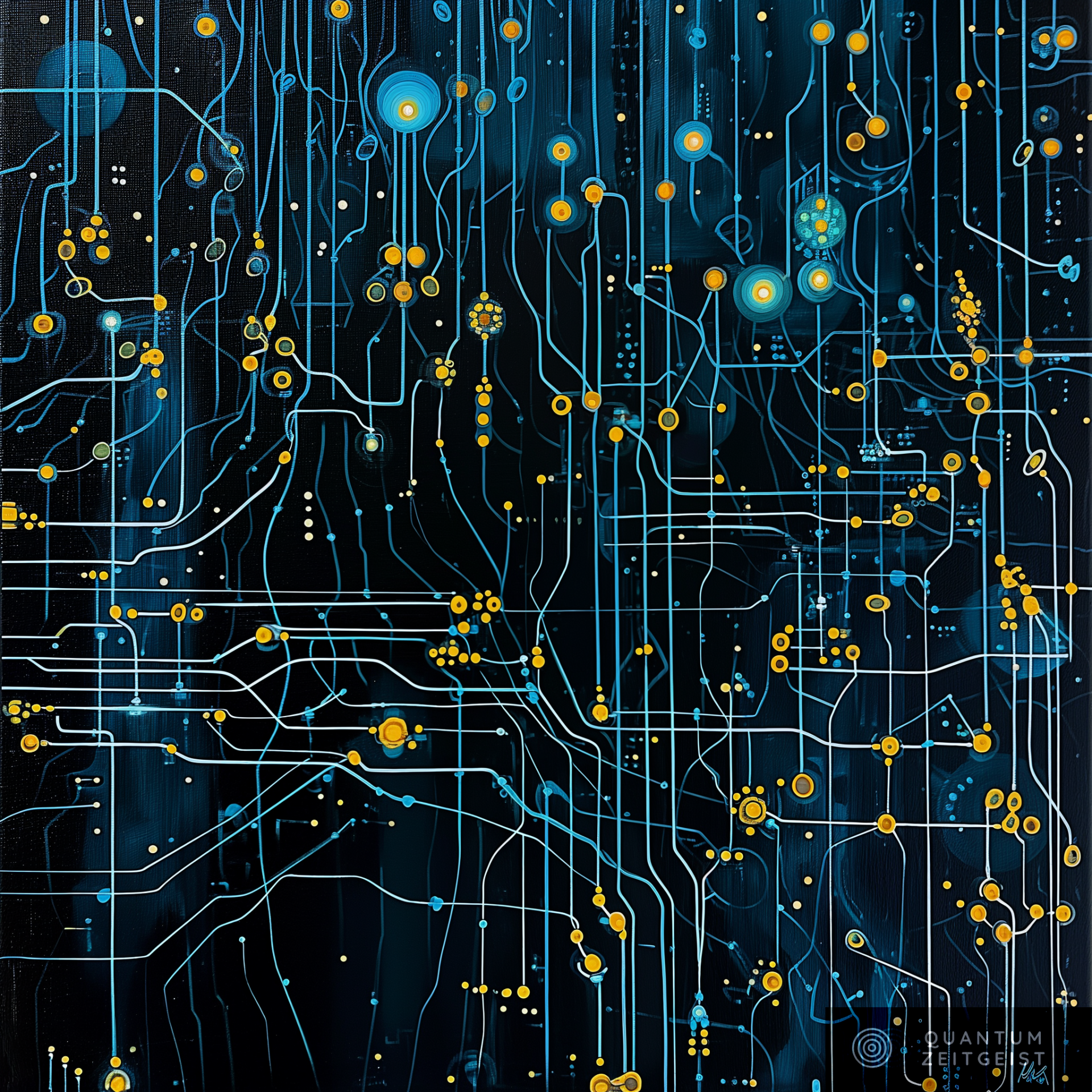The increasing connectivity of industrial environments to the internet has heightened their vulnerability to cyber attacks, leading to economic and social issues. Critical Infrastructure (CI), such as electricity and water providers, are particularly exposed. The advent of fault-tolerant quantum computers poses a new threat, with the potential to break current cryptography protocols. The race for quantum computers has led to a focus on transitioning secure communications to a quantum secure paradigm. This article discusses the application of Post-Quantum Cryptography (PQC) to CI and the challenges posed by cybercrime and cyberwar, emphasizing the importance of cybersecurity and cryptography in a hyperconnected world.
Cybersecurity in Critical Infrastructures: A Post-Quantum Cryptography Perspective
The Vulnerability of Industrial Environments to Cyber Attacks
Industrial environments have been connected to the internet for years to increase their performance. However, this has made them vulnerable to cyber attacks that can compromise their functioning, leading to economic or social problems. There has been a recent increase in cyber attacks on industrial environments due to their lack of cybersecurity resources. Implementing cryptosystems in the communications between Operational Technologies (OT) devices is more challenging than for Information Technologies (IT) environments, as OT is generally composed of legacy elements characterized by low computational capabilities or non-standardized communication protocols.
The Threat to Critical Infrastructure
Critical Infrastructure (CI) refers to industries that provide key resources for daily social and economic development, such as electricity or water. CI communications are a very exposed target to cyber attacks that could produce huge economic and social losses, even human casualties. A new cybersecurity threat has arisen with the theoretical proposal of fault-tolerant quantum computers due to their potential ability to break state-of-the-art cryptography protocols such as Rivest-Shamir-Adleman (RSA) or Elliptic-Curve Cryptography (ECC).
The Race for Quantum Computers
The chase for functional quantum computers has resulted in a technological race involving many global agents. These agents have become aware that transitioning their secure communications to a quantum secure paradigm is a priority that should be established before the arrival of fault tolerance. Two main cryptographic solutions have been proposed: Quantum Key Distribution (QKD) and Post-Quantum Cryptography (PQC). However, quantum secure solutions have been mainly centered on the perspective of IT environments.
Applying Post-Quantum Cryptography to Critical Infrastructure
In this paper, the authors provide a perspective on the problem of applying PQC solutions to CI and analyze which could be the most suitable cryptography schemes for these scenarios. The exponential development of communication technologies has resulted in a society that exists in a hyperconnected world. This hyperconnected paradigm requires secure and private transmissions of information. Cyber vulnerabilities in the control systems of a smart city or an automated industry may lead to catastrophic consequences.
The Threat of Cybercrime and Cyberwar
Modern crime and war are heavily based on hacking activities with the scope of manipulating critical infrastructures (CI) to produce economic or social losses. This paradigm of cybercrime and cyberwar is present nowadays with an estimated amount of 2200 known cyberattacks per day in 2022, posing a threat to the business infrastructure every 39 seconds. Notoriously, the recent Russo-Ukrainian war has seen a major cyberwarfare in which the public energy, media, financial, business, and nonprofit sectors of Ukraine have been targeted by hacking activities.
The Importance of Cybersecurity and Cryptography
All of these vulnerabilities make cybersecurity and cryptography the pillars to erect the previously described paradigmatic society securely. Cybersecurity is defined as the practice of protecting important systems and confidential information from cyberattacks. In this society where the quote “Information is power” is getting more and more relevant, the use of such practices is of insurmountable importance.
The Threat of Quantum Computers to Current Cryptography Protocols
The proposal of the RSA or ECC asymmetric cryptographic systems has maintained the security of communication systems for over 40 years. However, quantum computers have posed a threat to the security of those asymmetric cryptography protocols. Shor’s algorithm is a theoretical quantum algorithm that provides an exponential speedup for solving prime number factorization and the computation of discrete logarithms, which are the hard problems on which the security of the previously commented protocols relies. Quantum computers that can execute such algorithms efficiently and correctly still exist just as a theoretical promise, but the last years have shown that it is a rapidly evolving field.
Cybersecurity in Critical Infrastructures: A Post-Quantum Cryptography Perspective by Javier Oliva del Moral, Antonio deMarti iOlius, Gerard Vidal, Pedro M. Crespo, Josu Etxezarreta Martinez, published on January 8, 2024, in arXiv (Cornell University).

